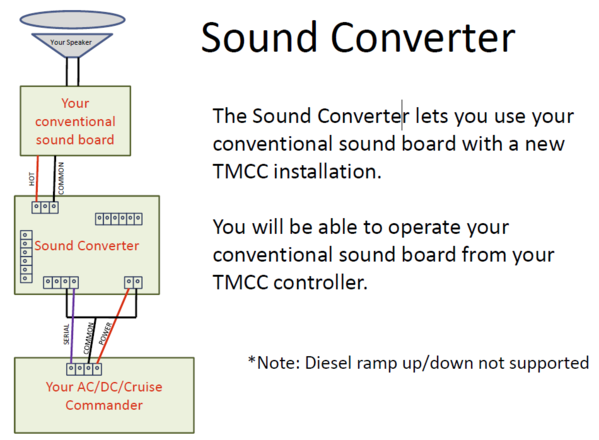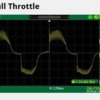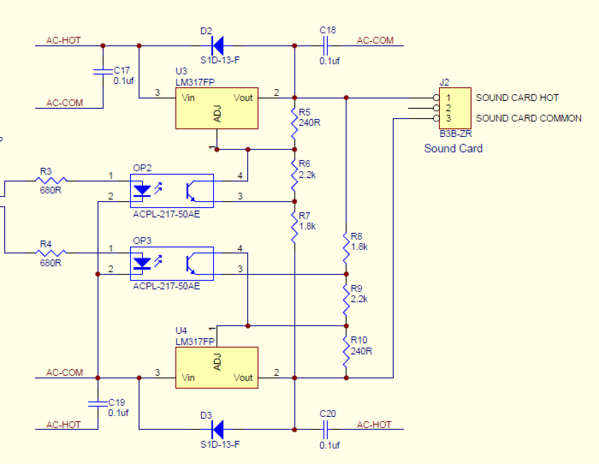I am attempting and upgrade to my Lionel Polar Express O Gauge Berkshire with an ERR Cruise Lite and Sound Converter Upgrades. The locomotive is from set 6-31960 from around 2003 and I have The Polar Express™ Steam TrainSounds Tender 6-36847 (circa 2009) which includes steam chuffing, steam whistle, bell, squealing brakes, and operator-controlled multi-part crew dialog.
The whistle and bell do not function via the Cab-2. The sound board is working as I hear chuff when moving. I am able to trigger whistle and bell from the transformer through the locomotive to the tender via the red and black wires from the Converter to the Sound Board. The sound board is not connected directly to rail power. The tender sound board has the following markings:
691-ISNO-B
E159194
Sigs/3.3/Gnd/Chuff/S+/S-
However, according to Lionel it is currently listed as fitted with 691ISNDGST TRAINSOUNDS / GENERIC STEAM.
I have tried programming the PE to Feature Code 0 (Steam w/Signal Sounds) but the engine rockets down the track when powered up.
I currently have it programmed for Code 4 (Steam w/Rail Sounds). The loco does move forward and backwards using either Cab-2 or Cab-1. Could the issue be with the programming info on the Cab-2 Legacy controller? I have tried TMCC, and CAB-1 settings. I have tried NO RS, RS settings but nothing is allowing for remote bell and whistle.
BTW, the front headlight seams to stay on in forward and reverse. Not sure if that means anything. I have the hot to lamp connected to terminal 4 but nothing connected to common terminal 5 since the bulb socket is grounded to the chassis.
I am not sure how to "reset" the boards since that information is not included in the ERR instructions.










